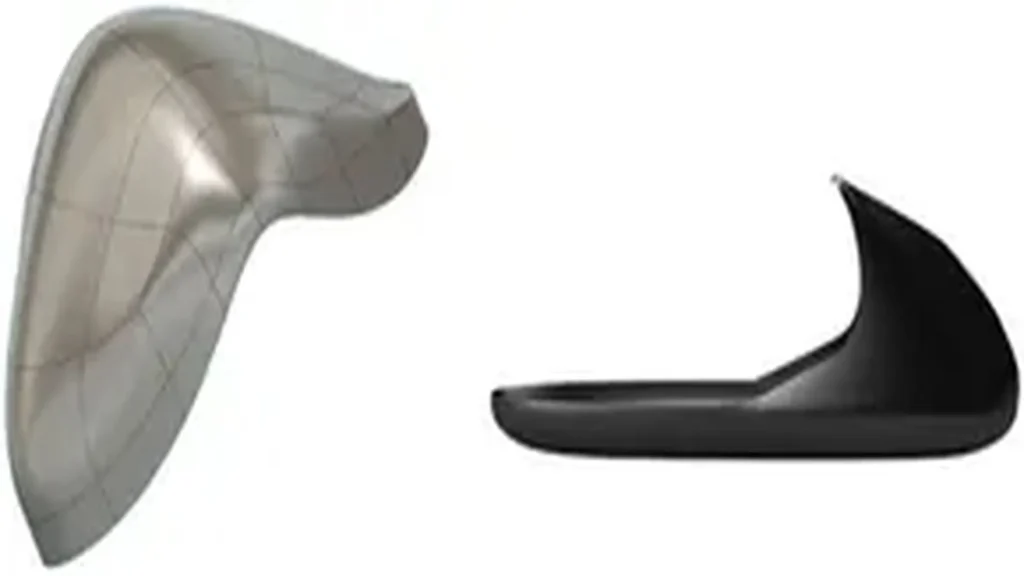Researchers at Weill Cornell Medicine have developed an ingenious waste management and water recovery system for spacesuits. It is a suit that can convert urine into drinking water, designed to significantly improve hygiene and efficiency during spacewalks.
According to the study called“Improved Astronaut Hygiene and Mission Efficiency: A New Approach to In-Suit Waste Management and Water Recovery on Spacewalks,” published in the journal Frontiers, this new system allows astronauts to collect urine via an external catheter and convert it into drinking water through a combined reverse and direct osmosis process.
This advancement improves hygiene by minimizing contact with waste and promotes a circular economy of water in space, which is crucial for long-duration missions.
How can the suit convert urine into drinking water?
The innovative system uses a combination of direct (FO) and reverse osmosis (RO) to maximize water purification efficiency. Direct osmosis pre-filters the urine, reducing the load on the reverse osmosis process and thus minimizing energy consumption. energy consumption and the risk of filter clogging.
This approach improves the sustainability of the system and ensures a more constant and safer supply of drinking water for the astronauts.
The system has been shown to be able to recover up to 75% of the water in urine while consuming less than 10% of the spacesuit’s energy. This innovation is essential given the high cost of transporting resources into space and the need to maximize astronaut self-sufficiency on extended missions.

Safe and beneficial to astronauts’ health
The new system directly addresses several health problems previously documented with the old method, such as urinary tract infections and gastrointestinal problems caused by prolonged exposure to waste. By minimizing astronaut contact with their waste and preventing leaks, this system significantly improves hygiene inside the spacesuit.
Effective filtration also ensures that the reclaimed water meets health standards, containing low levels of sodium and effectively removing major urinary solutes.
In the face of previous challenges with debris management systems that affected astronaut health and performance, this new approach offers a robust solution that could be implemented on future missions to the Moon and Mars ensuring the safety and comfort of astronauts.
Dune-style suit: Was the saga the source of inspiration?
The spacesuits described in the paper are not specifically designed with the “Dune” saga in mind, but there are interesting similarities between the two. In “Dune”, the stillsuits are sophisticated devices designed to preserve and recycle water in an extremely arid desert environment. These serve to capture and process sweat, urine and other body wastes to produce drinking water.
In contrast, the system described in the study, although focused on the microgravity environment of space, also uses advanced technologies to collect and recycle astronauts’ urine into drinking water through filtration processes, such as direct and reverse osmosis. Both systems (the spacesuit and the “Dune” distiller) are designed to maximize water efficiency in resource-limited environments, albeit with quite different technologies and contexts.
Follow us on social networks and don’t miss any of our publications!
YouTube LinkedIn Facebook Instagram X
Source and photos: Frontiers Magazine

